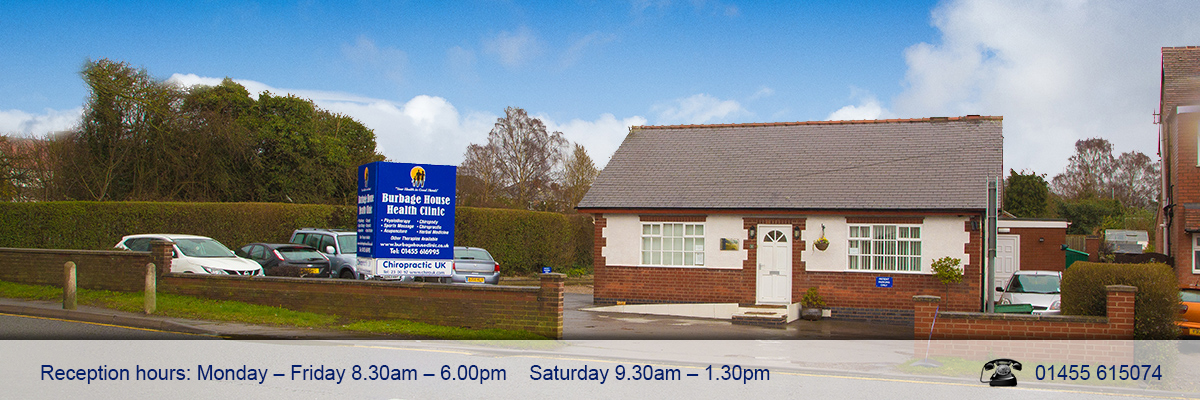In a word: None.
Well, sort of none. These terms are frequently used by the public, but also by doctors and chiropractors too. They all conjured up certain images and when the terms are used interchangeably it can be somewhat confusing and slightly worrying. Often we are all talking about the same thing and sometimes things aren’t nearly as bad as they sound. It’s always important to accurately describe what’s going on.
I’ll start with crumbling disc as it’s a term I really hate. Discs don’t crumble. The discs of the spine are made of cartilage and they are the shock absorbers that sit between each vertebra. There are 23 of them you’ll find them from the low back all the way up the spine to the neck. Cartilage can’t crumble as it’s mostly made out of water. It can dehydrate at bit though. If you have had an MRI scan of your spine you may have been shown dehydrated discs or ‘black discs’ (they don’t actually go black they just appear darker on MRI if they’ve dehydrated). It’s a sign of wear and tear and doesn’t necessarily cause any trouble. However a damaged disc can bulge.
Slipped disc is my favourite term because it’s just so ludicrously misleading. Discs can’t and don’t slip. As I’d said, the disc sits between two vertebrae, and it’s very securely attached at the top and bottom. It can’t slip out of place but it can bulge at the side. So a disc bulge is real and is a very common cause of back and neck pain, and ultimately can cause leg, hip, shoulder and arm pain too. A herniated disc is just another way of saying bulging disc.
So how would a disc bulge cause leg or shoulder pain? More often than not the bulge happens at the posterior portion of the disc. This is also where the nerves of the spine exit from before continuing down the limbs. So a disc can, if it bulges enough, press on to a nerve that runs down a limb. It’s a pinched nerve caused by a bulging disc. In the low back it would be the sciatic nerve that is pinched – causing pain to the buttock and leg (sciatica). A bulging disc in the neck would press on the nerves that run down the shoulder and arm.
The symptoms of a disc bulge and trapped nerve can vary depending exactly where, and to what extent, the disc is bulging:
In the low back it can range from a dull but nagging back ache, to severe stabbing pain every time you try to bend or straighten up, to a shooting or electric or tingling pain in the leg and foot.
In the neck it can range from a gnawing ache to the shoulder and shoulder blade, an inability to turn the neck one way without a sharp pain, to a ‘dead arm’ feeling, aching forearm and pins and needles in the fingers (often, but not always, on the little finger side).
Hopefully this clears up some of the terminology around discs and nerves. If any of the symptoms sound familiar and you’re worried about a disc bulge or pinched nerve then give us a call at Hinckley Chiropractic.


